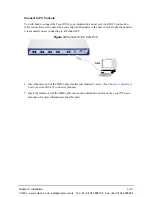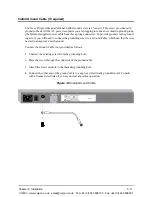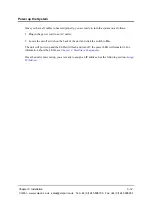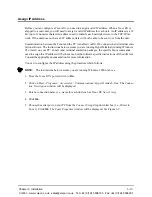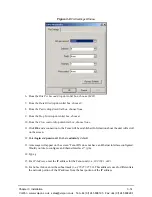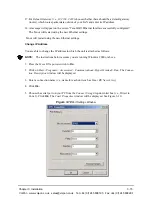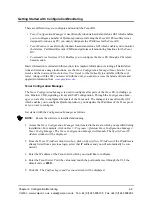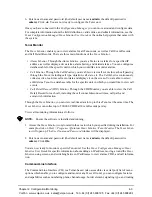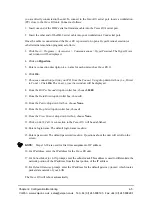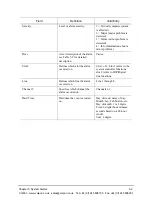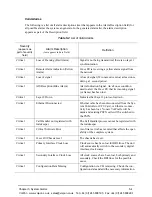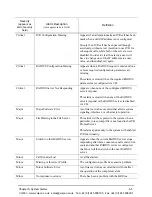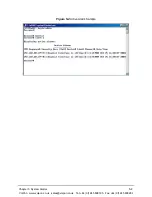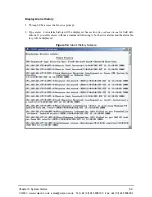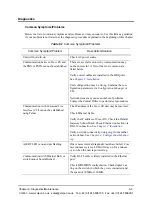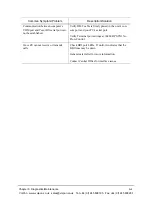
Chapter 5: System Alarms
5-2
Overview
There are two ways to view alarms for the
Tenor BX
unit: through the
Command Line Interface
(CLI)
or through
Tenor Monitor.
The information for accessing alarms via CLI is detailed in this
chapter. see the
Tenor Configuration Manager/Tenor Monitor User’s Guide or the
Tenor Monitor’s
online help system for information about viewing alarms via
Tenor Monitor.
Alarms are brief text messages that appear on your workstation when the
Tenor BX
unit encounters
a problem, such as a failed interface, disconnected call, etc. You can reach the
Alarm Manager
through the
Command Line Interface (CLI)
alarm monitoring system.
How to Read Alarms
The
Alarm Manager
reports alarms according to criteria such as the alarm’s severity level, line num-
ber the alarm occurred on, channel number, etc. There are two alarm types displayed: Active Alarms
and Alarm History. An Active Alarm list displays all the alarms still active on the system; these
alarms have not been cleared or deleted. An Alarm History is a list of the last 100 alarms stored in
the system since the last time you performed a delete operation.
Definitions for generated alarm fields appear in
Table 5-1
.
Table 5-1
Alarm Fields and Definitions
Field
Definition
Valid Entry
IP #
The unit’s IP address (32 bit
address).
Example: 192.168.1.34.
Sequence #
Internal number used to iden-
tify alarms.
01, 02, 03, etc.
Type (displays only if you
generate an Alarm History)
The type of alarm generated.
ALR = Alarm. This indicates
an active alarm. CLR= Clear.
This indicates an alarm that
has been cleared from the sys-
tem.
RPT= Report. This indicates
that the alarm has been gener-
ated for a report. This entry is
for internal use only; if you
see an alarm that is causing
problems, contact customer
service.
VoIPon www.voipon.co.uk [email protected] Tel: +44 (0)1245 808195 Fax: +44 (0)1245 808299

